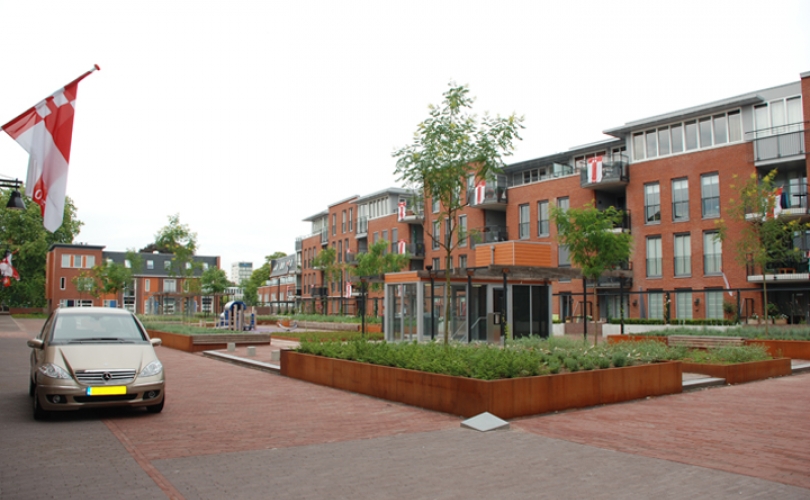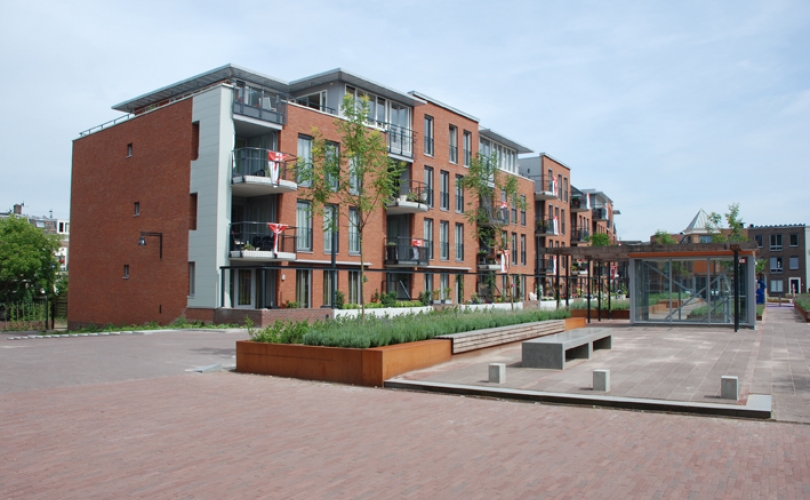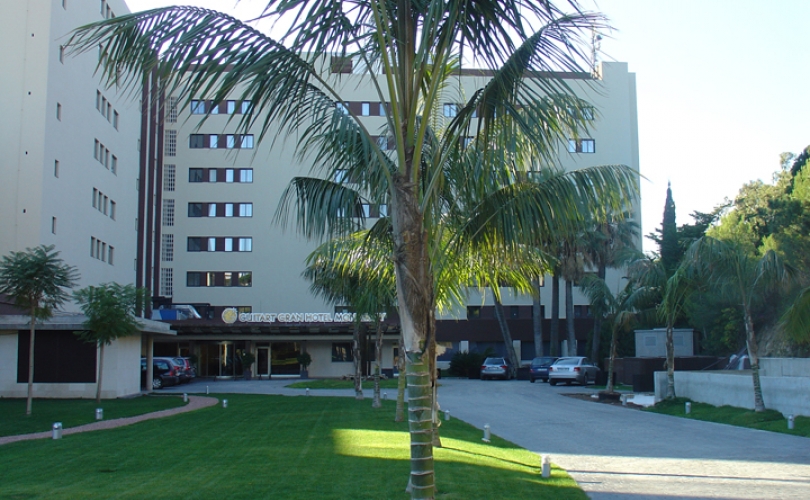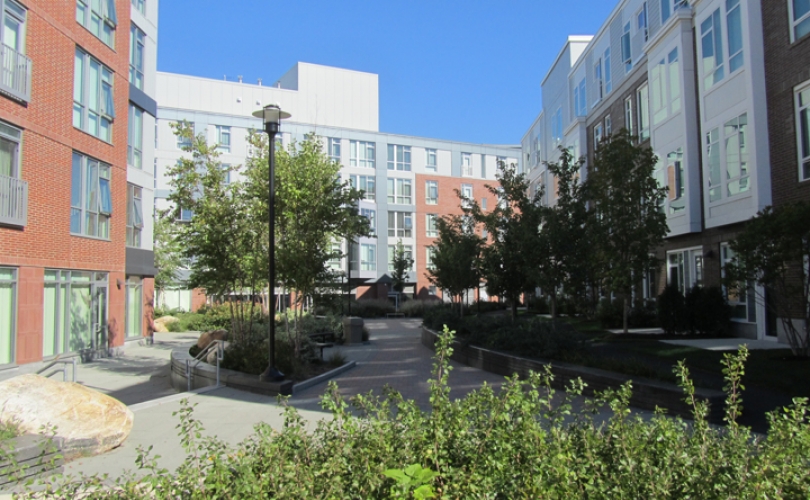Driveways on roofs and decks require structures that can take loads and a sufficiently strong roof structure. Vehicle traffic on decks likewise causes significant horizontal forces and torsional movements as the vehicles turn, break, and accelerate, which must be absorbed by the structure.
The system structure for cars uses the very sturdy Elastodrain® EL 202 product with a specially designed low structure with no bottom layer. Elastodrain® EL 202 has very high compressive strength, and it will distribute the load evenly to the underlying structures. This system is designed for heavy loads. A prerequisite is that the gradient of the planned driveway must be taken into account in the design stage. The gradient will not be a problem if the water barrier and the surface share the same gradient. If the gradient of the surface is different from the gradient of the water insulation, then a gravel layer is required. The gradient cannot be achieved by sand, because this will settle unevenly.
For gravel foundation installations, the drain element Protectodrain® PD 250 is the perfect solution. The thickness of the pavement must also be adapted to the needs of the installation site.
Roofs and roof surfaces must be able to take occasional extreme loads, such as trucks and fire trucks.
Stone or concrete slabs must be thick enough to absorb horizontal forces. When the wheel load exceeds 1 ton, a load-sharing structure layer is needed. Extreme stress requires excellent protective layers to keep the water insulation intact. The Elastodrain® EL 202 drain element is a good solution here, thanks to its high compressive and tensile strength.
Two layers of Slip Sheet plastic are also needed to separate the horizontal forces (caused by braking, accelerating, and turning) from the water insulation. Edge lining is likewise very important, as it affects the stability of the pavement. Its water insulation must likewise be appropriately protected.














